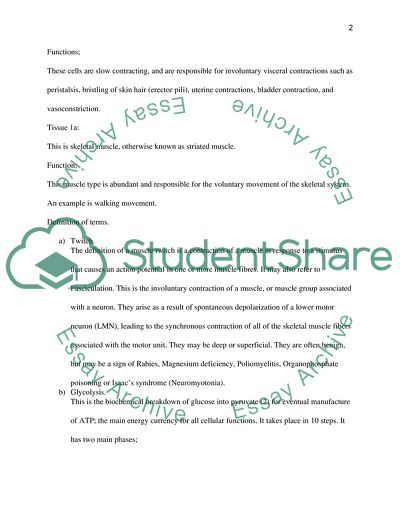Human Anatomy Analysis Cardiovascular System Example | Topics and Well Written Essays - 500 words. https://studentshare.org/medical-science/2105691-human-anatomy-analysis
Human Anatomy Analysis Cardiovascular System Example | Topics and Well Written Essays - 500 Words. https://studentshare.org/medical-science/2105691-human-anatomy-analysis.


